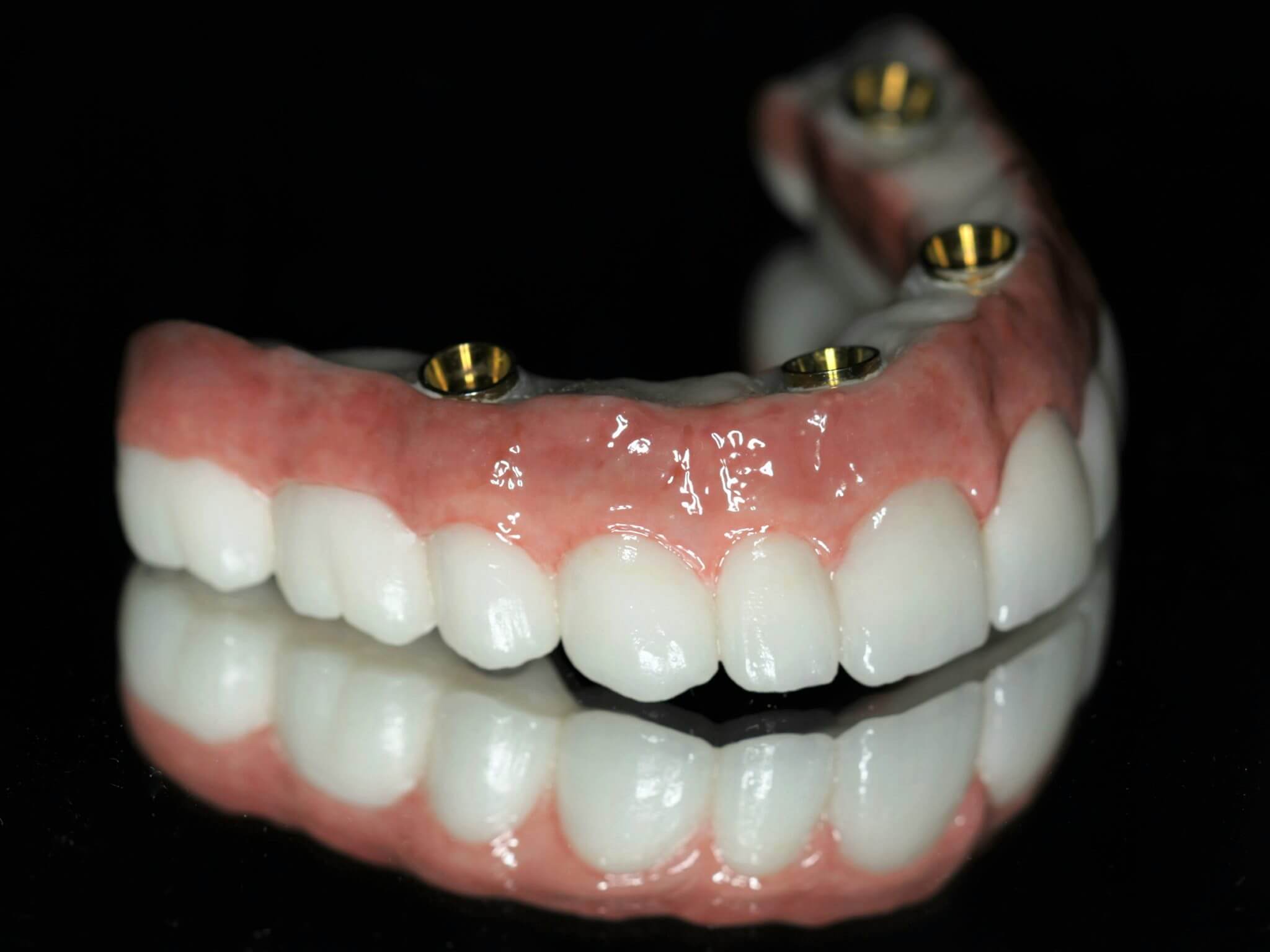The Single Strategy To Use For Dental Sense
The Single Strategy To Use For Dental Sense
Blog Article
Getting My Dental Sense To Work
Table of ContentsDental Sense Fundamentals ExplainedThe Single Strategy To Use For Dental SenseThe 6-Second Trick For Dental SenseSome Known Details About Dental Sense
are medical devices operatively dental implanted right into the jaw to recover a person's ability to eat or their look. They offer assistance for synthetic (phony) teeth, such as crowns, bridges, or dentures. When a tooth is shed because of injury or illness, a person can experience problems such as fast bone loss, defective speech, or changes to chewing patterns that result in pain.Oral implant systems include an oral implant body and oral implant joint and might likewise include a joint fixation screw. Wisdom tooth cavity. The dental implant body is operatively inserted in the jawbone in place of the tooth's origin. The dental implant joint is generally connected to the dental implant body by the abutment fixation screw and extends through periodontals right into the mouth to support the attached artificial teeth
(https://dentalsense1.carrd.co/)Framework of The Oral Implant System picking dental implants, speak to your oral company concerning the prospective advantages and threats, and whether you are a prospect for the treatment. Points to consider: Your total wellness is an essential variable in figuring out whether you are a good prospect for oral implants, how much time it will certainly take to heal, and just how long the implant may stay in location.
Smoking cigarettes may impact the healing procedure and lower the long-term success of the implant. The healing process for the implant body may take numerous months or longer, during which time you commonly have a short-lived abutment instead of the tooth. the dental implant treatment: Very carefully comply with the dental health directions offered to you by your oral provider.
Some Ideas on Dental Sense You Need To Know
Implant failing can cause the need for one more medical treatment to repair or change the implant system. Restores the ability to chew Brings back aesthetic look Helps keep the jawbone from diminishing due to bone loss Maintains the health and wellness of the surrounding bone and gum tissues Assists maintain surrounding (close-by) teeth steady Boosts top quality of life Damages to bordering all-natural teeth throughout dental implant positioning Injury to the surrounding cells during surgical treatment, such as sinus perforation Injury throughout surgical treatment (as an example, fracture of surrounding jawbone) Inadequate feature, such as seeming like the teeth do not bite together normally An experience that the tooth hangs or twisting in position resulting from an abutment screw loosening Implant body failure (looseness of the implant body) as a result of systemic infection, which may be more probable in individuals with uncontrolled diabetes as a result of local infection in bone and gum tissues sustaining the implant body because of delayed healing, which might be more probable in people who smoke Problem cleaning up the periodontals around the dental implant, leading to poor dental hygiene Without treatment periodontal disease Post-surgical feeling numb as a result of nerve impingement or damage Always inform health and wellness treatment suppliers and imaging specialists that you have dental implants before any type of magnetic resonance imaging (MRI) or x-ray procedures.
FDA is not knowledgeable about any adverse events reported for MRI or x-ray procedures with dental implants. Dental implants systems are generally made from materials that comply with international consensus criteria of the International Company for Standardization (ISO) or ASTM International. These criteria have details of what makes a safe product.

A dental implant is a structure that replaces a missing tooth. With screw-like devices, the cosmetic surgeon inserts an implant into the jawbone, and it works as a support for a man-made tooth, called a crown. A tool called a joint connects the synthetic tooth to the oral implant. The crown is custom-made to fit the individual's mouth and match the shade of their teeth.
Excitement About Dental Sense
Some people are not eligible for oral implant surgery. It is for dental specialists to operate people with: severe illnessuncontrollable metabolic diseasebone or soft tissue condition or infectionIf these concerns are solved, an individual can have the surgery. In, dental doctors abstain from operating people with: If individuals with any of the above go through dental implant surgery, there is a higher threat of the implant stopping working.

Oral dental click now implant surgical procedure is a customized process. It's not the exact same for everybody. Yet the following gives a basic summary of what you can expect your dentist, oral cosmetic surgeon, periodontist or prosthodontist to do: Place the dental implant surgically. Provide you time to recover. Connect the message and final crown, bridge or denture.
Next off, your cosmetic surgeon will meticulously position the oral implant right into your jaw. If your implant is near the front of your mouth, your dental practitioner will make a short-lived tooth for you to put on till you heal.
Some Known Incorrect Statements About Dental Sense
Your service provider can inform you what to anticipate in your circumstance. Throughout the healing stage, your jawbone should fuse to the oral implant. This procedure, called osseointegration, is important for stability and long-lasting success. This process can take anywhere from three to 9 months. In some situations, it might take much longer.
When your implant heals, your dental expert can attach the abutment (small adapter message) and your last repair (crown, bridge or denture). This typically takes about one hour to complete and may call for a second minor surgery. You shouldn't really feel any pain during your dental implant treatment because your service provider will certainly utilize drug to numb your gums.
Report this page